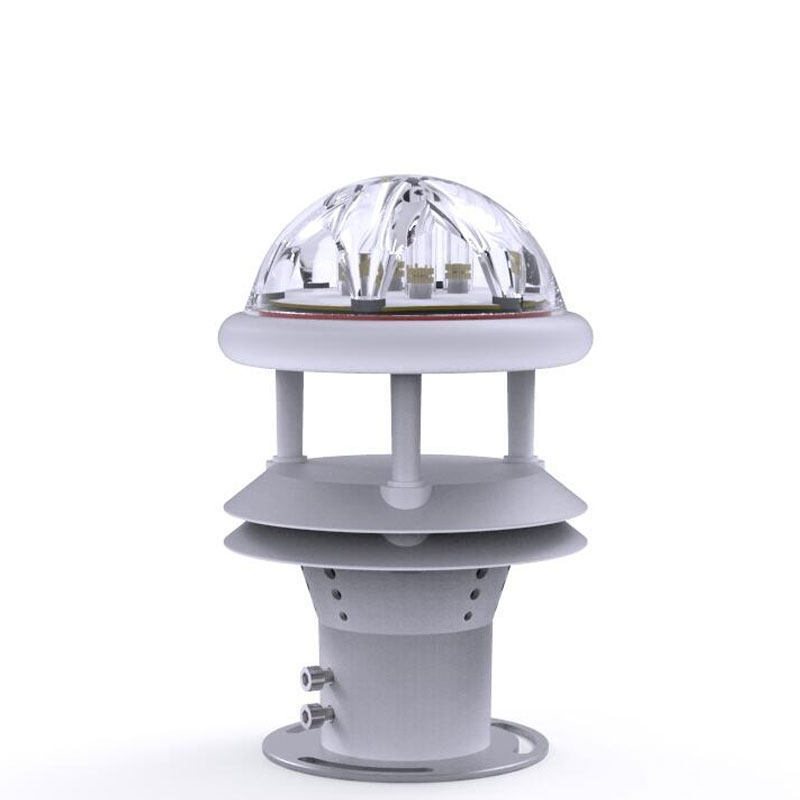Meteorological environment monitoring equipment supplier
Insist on doing high-precision customer favorite technology products

1. Product introduction of instrument used to measure rainfall
instrument used to measure rainfall is a non-contact rainfall monitoring device that uses infrared technology to monitor rainfall.The instrument used to measure rainfall uses a three-channel narrow-band infrared detector and a pure sinusoidal AC signal source. It has the advantages of high accuracy, strong resistance to ambient light, maintenance-free, and compatibility with other optical sensors (light, ultraviolet radiation, total radiation). Widely used in meteorology, agriculture, municipal administration, transportation and other industries. The sensor adopts a low-power design and can be used in unattended observation stations in the field.
2. Product features of instrument used to measure rainfall
The instrument used to measure rainfall uses a pure sinusoidal infrared light source, a built-in narrow-band filter, and a rain-sensing surface of 78 square centimeters. It can measure rainfall with high precision and is not affected by high-intensity sunlight and other light. The high transmittance rain cover does not affect direct sunlight and is compatible with other built-in optical sensors, such as light, total radiation, ultraviolet sensors, etc. (Invention patent, patent number ZL 2022 1 1306149.3)
3. Technical parameters of instrument used to measure rainfall
1. Power supply voltage: DC12V
2. Sensor power consumption: 0.12W
3. Current: 10ma DC12V
4. Rainfall resolution: 0.01mm
5. Rain intensity range: 0-4mm/min
6.Measurement accuracy: ≤±4%
7. Working environment: -40~85℃, 0~100%RH
4. Product size chart of instrument used to measure rainfall

5. Notes on instrument used to measure rainfall
1. There is no obstruction within a radius of 1 meter around the sensor level to avoid the impact of water droplets splashing.
2. The sensor should be installed above the location to avoid being blocked by trees, and in the tilted direction, it should also be avoided from being blocked by trees.
3. To ensure measurement accuracy, the sensor should be installed horizontally